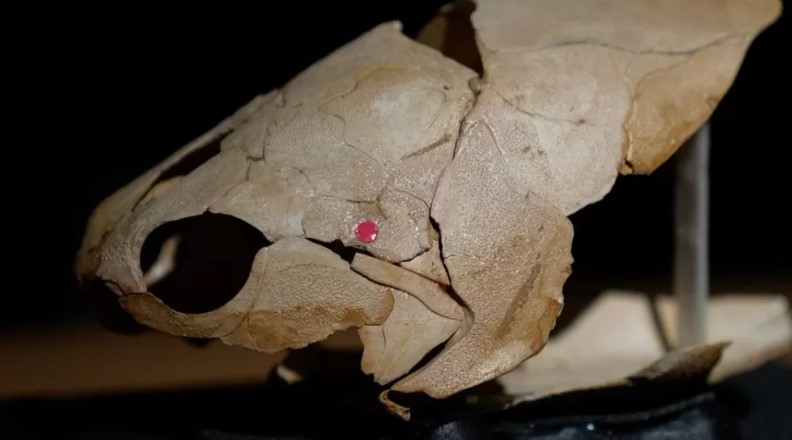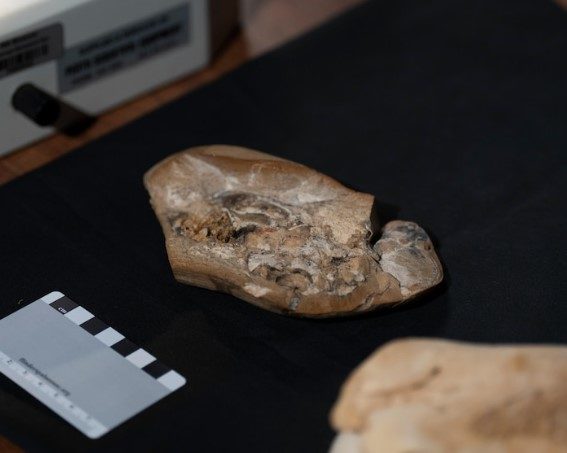The world’s oldest heart has been discovered in a fossilized prehistoric fish in Western Australia. The 380-year-old heart was found preserved inside a fish known as the Gogo – which is now extinct.
The soft heart in stone
Researchers say that this discovery captures a key moment in the evolution of the organ that can be found in all back-boned animals today, including humans. The lead scientist in the operation, Professor Kate Trinajstic from Curtin University in Perth says that she and her colleagues were ecstatic upon the jaw-dropping discovery, “we were crowded around the computer and recognised that we had a heart and pretty much couldn’t believe it! It was incredibly exciting,” she said
A collaborator in the discovery, Professor John Long from Flinders University in Adelaide, described the finding as completely mind-boggling, “we have never known anything about the soft organs of animals this old, until now.” In the case of fossils, usually bones rather than soft tissue are preserved. Yet, in this instance, the Gogo rock formation – and the minerals found there – has preserved many of the fish’s internal organs.

The evolution of human beings
“It shows the body plan that we have evolved very early on, and we see this for the very first time in these fossils,” said Prof Trinajstic.
Scans of the Gogo fish fossil left researchers dumbfounded. It had two chambers, one on top of the other – similar to a human heart. Researchers think that this made the animal’s heart efficient for quick movements in hunting.
“We have the first appearance of the front fins and the fins at the back, which eventually evolved into our arms and legs” – Dr Zerina Johanson, Natural History Museum
The Gogo fish belongs to a class of prehistoric fish called placoderms. They dominated the planet for 60 million years – existing more than 100 million years before the dinosaurs. Another hallmark of placoderms is that they have teeth and jaws. They could also grow up to nine metres in length.
- Tanis fossil limb complete with skin is found in the US
- Dozens of new species discovered at the bottom of the ocean
“Many things are going on in these placoderms that we see evolving to ourselves today such as the neck, the shape and arrangement of the heart and its position in the body,” this is according to Dr Zerina Johanson of the Natural History Museum in London. She is a world leader in placoderms and has described the research as an extremely important discovery.
The discovery is regarded as one that fills in an important step in the evolution of early life on Earth.


